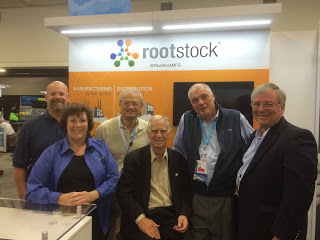
Rootstock Software is an up-and-coming manufacturing cloud ERP provider, built on the Salesforce.com platform. This post provides an update on Rootstock’s progress over the past year in building out its capabilities, including a new initiative for its own native financial applications. We conclude with recommendations for buyers considering Rootstock.










